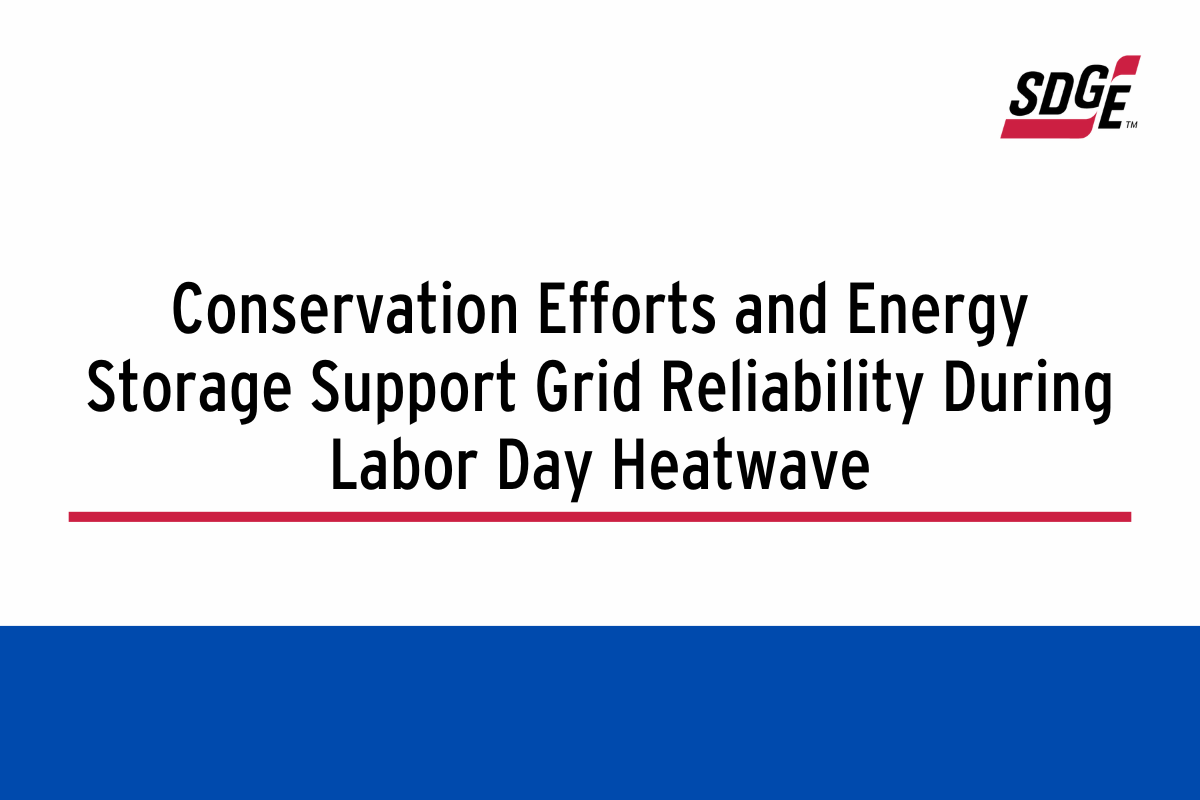California was hot this past Labor Day weekend and beyond, as the Western U.S. experienced an unprecedented heat wave. On the hottest day, energy demand on the state grid exceeded 52,000 MW, a historic high. Yet, despite the high energy demand and intense heat, California avoided the rolling blackouts that occurred in 2020 because the state worked with utilities and residents to make the grid more resilient and encourage energy conservation. Here’s a closer look at how the state weathered the heat.
Customer Conservation Made a Remarkable Difference
During the Labor Day 2022 heat wave, the California Independent System Operator (CAISO) declared a record of 10 consecutive Flex Alerts. Issued when CAISO predicts a potential energy shortage, Flex Alerts ask customers to voluntarily conserve energy. Additionally, on the day of highest demand and grid strain, the California Office of Emergency Services broadcast an emergency text alert urging residents across the state to conserve electricity. This was the first time such a tactic was deployed and it proved successful, almost instantly lowering energy demand by a few thousand megawatts.
Incentive programs also helped encourage residents to save energy. Nearly 600,000 residential customers enrolled in SDG&E’s Power Saver Rewards Program, which provides a $2 bill credit for every kilowatt hour of electricity saved during a CAISO-declared grid emergency.
Additionally, SDG&E saw record participation from commercial customers in our Emergency Load Reduction Program (ELRP), which encourages businesses to voluntarily conserve energy and earn $2/kWh verified saved. In fact, Cajon Valley Union School District, which is part of our Vehicle-to-Grid pilot, was able to use their electric school buses to store energy collected during the day and dispatch it back to the grid at night to support reliability and earn some revenue for the district through ELRP.
Energy Storage Bolstered Grid Reliability
In addition to conservation efforts, California has increased investment in energy storage since 2020. The state now has about 3,500 MW of batteries that help support electricity supply during peak demand to help avert rotating outages. Within SDG&E’s service territory, utility-scale battery storage systems – utility-owned and third party-owned – served as much as 7% of the regional load during peak hours during the heatwave.
SDG&E has been rapidly expanding our energy storage portfolio. We now have about 95 MW of utility-owned energy storage online, with another 200 MW in development. Just in the past year, SDG&E completed two energy storage facilities – Top Gun and Kearny – for a total of 50 MW and a new energy storage facility in Fallbrook is expected to be operational by the end of the 2022.
To learn more about how the grid managed the summer heatwave, review CAISO's recently published Summer Market Performance Report.


